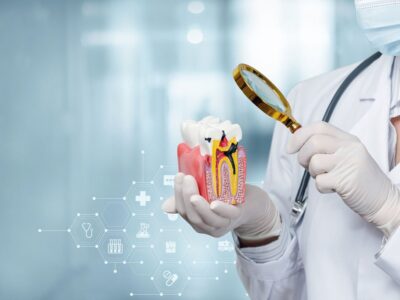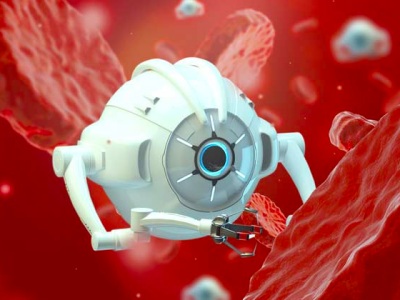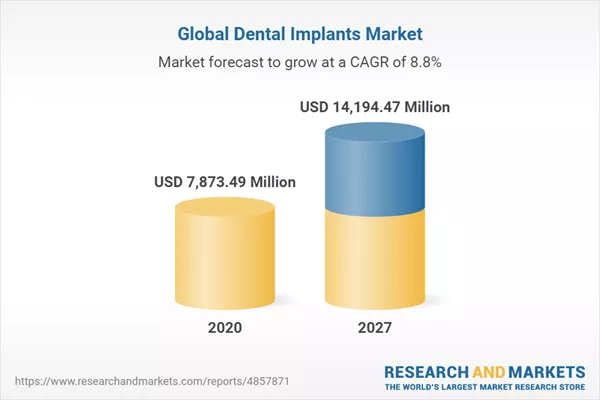The American Heart Association (AHA) for prevention of Infective Endocarditis (IE) was updated in 2007. The guidelines were approved by Council on Scientific Affairs of the American Dental Association (AFDA) as it relates to dentistry.
Major changes in updated AHA include
- Only in extremely small cases might IE be prevented by antibiotic prophylaxis for dental procedures, even if such prophylactic therapy were 100% effective.
- IE prophylaxis for dental procedures should be recommended only for patients with underlying cardiac conditions associated with the highest risk of adverse outcome from IE. For these patients. the prophylaxis is recommended for all dental procedures that involve manipulation of gingival tissue (or) periapical region of teeth or preparation of oral mucosa.
- Prophylaxis is not recommended on basis of increased lifetime risk of acquisition of IE.
High risk cardiac conditions where antibiotic prophylactic regimen recommended by AHA.
- Prosthetic cardiac valve
- H/O IE
- CHD except for conditions listed below, antibiotic prophylaxis is no longer recommended for any other form of CHD.
- Unrepaired cyanotic CHD including palliative shunts and conduits.
- Completely prepared heart defect with prosthetic material (or) device whether placed by surgery or by catheter intervention, during the first six months after the procedure
- Repaired CHD with residual defects at the site (or) adjacent site of prosthetic patch (or) prosthetic device.
- Cardiac transplantation recipients with cardiac vascular disease.
The following Dental procedures do not require Endocarditis Prophylaxis
- Routine anesthetic injection through non-infected tissue
- Taking dental radiograph
- Placement of removable prosthodontic (or) orthodontic appliances and their adjustments
- Shedding of deciduous teeth
- Bleeding from trauma to lips (or) oral mucosa.
Antibiotic Prophylaxis
The most common cause of Endocarditis for dental, oral, respiratory tract or esophageal procedures is viridans streptococci (VSG) hence an antibiotic regimen for endocarditis prophylaxis is directed towards VSG.
All doses shown are administered once as a single dose 30-60 minutes before a procedure
Standard general prophylaxis
Amoxicillin
Adult dose: 2 g PO
Pediatric dose: 50 mg/kg PO
Not to exceed: 2 g/dose
Unable to take oral medication
Ampicillin
Adult dose: 2 g IV/IM
Pediatric dose: 50 mg/kg/IV/IM
Not to exceed: 2 g/dose
Allergic Penicillin
Clindamycin
Adult dose: 600 mg PO
Pediatric dose: 20 mg/kg PO
Not to exceed: 600 mg/dose
Cephalexin
Adult dose: 2 g PO
Pediatric dose: 50 mg/kg PO
Azithromycin (or) Clarithromycin
Adult dose: 500 mg PO
Pediatric dose: 15 mg/kg PO
Not to exceed: 500 mg/dose
Unable to take oral medication
Adult dose: 600 mg IV
Pediatric dose: 20 mg/kg/IV
Not to exceed: 600 mg/dose
Cefazolin (or) Ceftriaxone
Adult dose: 1 g IV/IM
Pediatric dose: 500 mg/kg IV/IM
Not to exceed: 1 g/dose
Professor Dr. Prasad MGS
Clinical Director
Specialists Dental Clinic,
K.R Puram, Bangalore
Bonus: Download our monthly e-bulletin!Click here to get it
DISCLAIMER : “Views expressed above are the author’s own.”

















Comments